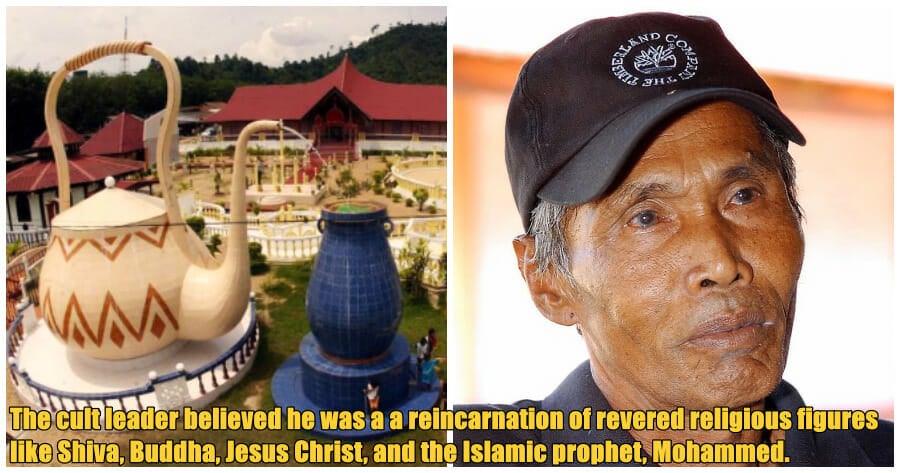When we think of cults, we think these dangerous groups only exist largely outside of Malaysia but surprisingly our country’s rich cultural tapestry is not shy of birthing our own sinister cults as well.

Among the cults that have existed on our soil, Ayah Pin’s infamous Sky Kingdom cult stands out the most with a follower count that is believed to have reached over 22,800 people!
In 2005, the Malaysian authorities declared the Sky Kingdom cult as illegal and launched a crackdown as Islamic authorities viewed Ayah Pin’s teachings to be blasphemous.
Now, years later, the tale of Ayah Pin’s Sky Kingdom cult lingers as a peculiar enigma. Scroll further to uncover some interesting facts about Malaysia’s most infamous cult.
1.Ayah Pin claimed to be God
Ayah Pin or Ariffin Mohammed had no educational background and was born a Muslim in Kelantan but later on became to be the nation’s most known cult leaders after he founded his own spiritual belief group called Sky Kingdom or Kerajaan Langit in Malay.
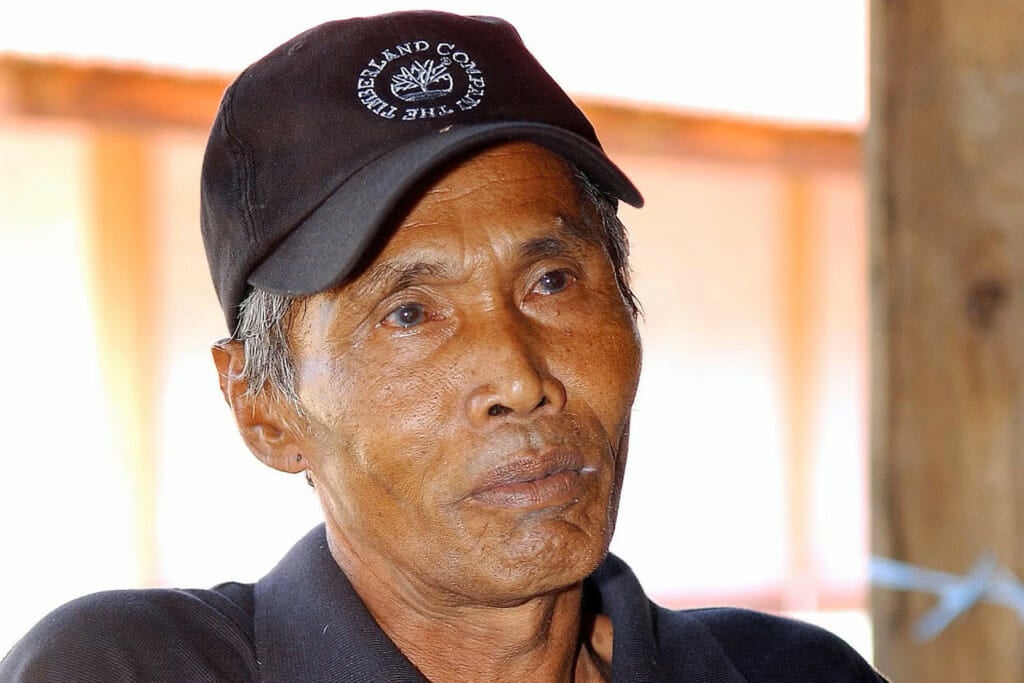
He founded the cult in the mid-90s and gained followers through his claims of being a reincarnation of revered religious figures like Shiva, Buddha, Jesus Christ, and even the Islamic prophet, Mohammed. These assertions were central to his authority over his followers and his ability to manipulate their beliefs while gaining a diverse set of following.
2. Sky Kingdom’s focus was interfaith understanding
One of the reasons authorities believed that this cult became so widely followed was due to Ayah Pin’s strong emphasis on the harmonies of interfaith religions.
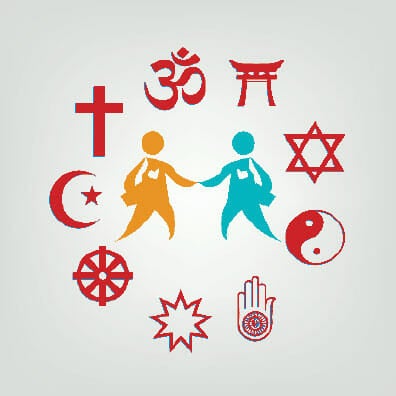
“All religions are basically the same,” said Ayah Pin once.
“God teaches love. He is for anyone who wants to know about the world. You can choose whichever religion you want.”
It’s surprising how this illiterate man was charismatic enough for so many people from various religious backgrounds to join his cult.

Moreover, it’s rumoured that Ayah Pin had visited a number of Hindu temples and that the cult had welcomed a Christian group at their commune in the past.
This facade of tolerance and unity appealed to many followers, drawing them into the folds of the cult thinking that it helped bridge the gaps between different religious communities.
3. Had a commune structure of a giant teapot
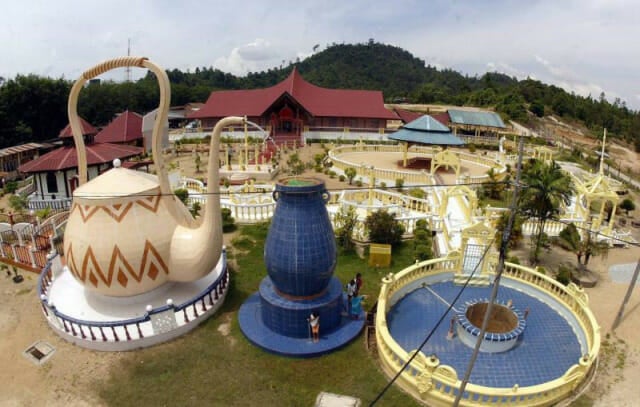
Nestled in the Islamic conservative state of rural Terengganu, the commune had a few idolised structures built at a village called Kampung Batu 13 in Hulu Besut that looked like it could fit right in a theme park.
Some known structures included a two-story-tall cream teapot and a comparable-sized blue vase that was reported to have costed millions! According to Ayah Pin, the structures were inspired by one of his follower’s dreams which also coincides with the cult’s belief of an existence of a similar celestial vessel used to bless humanity.
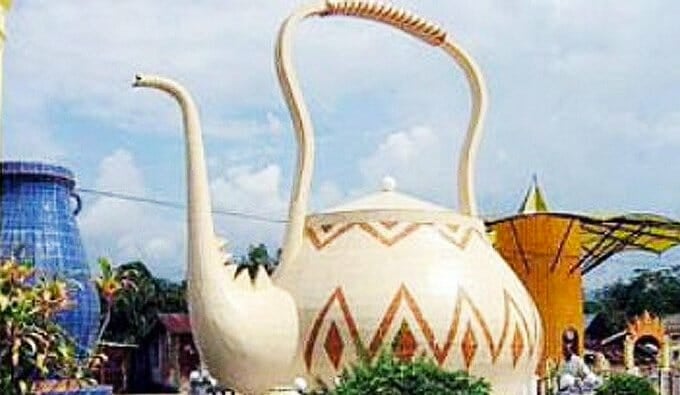
The teapot is said to represent “love pouring from heaven” and the purity of water. The existence of this unique albeit odd structure was what made the cult even more popular and later Malaysians coined this group as the “teapot cult.”
4. Conducted bizarre rituals

One notable ritual involved Ayah Pin being led by his followers into a concrete made boat where he would remain there till the next day as his followers surrounded him and chanted nonstop until 4 in the morning.

Of course Ayah Pin’s controversial actions were eventually caught by the Malaysian Islamic authorities. In 2001, he was arrested and jailed for 11 months with a fine of RM2,900.

The Syariah court charged him for belittling Islam and spreading religious related teachings that were “false, deviant, corrupting and threatening to the public peace”.
After he served his sentence it’s believed that Ayah Pin fled the country to lay low in Thailand. Well at some point he clearly re-entered the country because in 2016 he was pronounced dead at the home of his third wife (he had 4 wives) in Kampung Batu 13, Hulu Besut.

Apparently the once famous cult leader died due to old age after facing several health complications like a stroke. Oddly enough though, Ayah Pin’s family (he had 21 children by the way..) buried him according to Islamic religious customs.

Also Read: 6 Murderers Unmasked: A Gruesome Look At Malaysia’s Most Notorious Killers

